ICP-AHR
In today’s rapidly evolving business environment, delivering an exceptional Employee Experience (Ex) is vital for attracting and empowering talent. As organizations strive to become more flexible and agile, HR must evolve and align its people practices with organizational needs.
Our practical and in-depth Agility in HR course provides valuable insights into the principles of Agility In HR, enabling you to enhance flexibility, responsiveness, and adaptability within your HR function. By adopting an agile mindset, embracing new ways of working, and leveraging practical tools, you’ll proactively navigate the fast-paced nature of modern business, meeting the ever-changing needs of your employees and the organization.
Our course is available as a dynamic 2-day workshop or 10 engaging 2-3-hour online sessions, leading to a Professional Certification in Agility in HR with Agile People and ICAgile.
Whether you’re an HR professional looking to deliver an exceptional Employee Experience (Ex) or an individual seeking to elevate your career, this course is designed for you. Gain new knowledge, capabilities, and a strong network while enjoying a stimulating learning experience. Our interactive group sessions encourage sharing experiences, discussions, and hands-on learning through our Learning Management System (LMS).
Don’t miss out on the opportunity to become a leading HR professional. Sign up today and unlock new skills, practical tools, and endless possibilities for success!
Target Audience

As the leader of HR, it is crucial to understand the drivers for agility to succeed in the future workplace and how HRs deliveries can better support the organization.
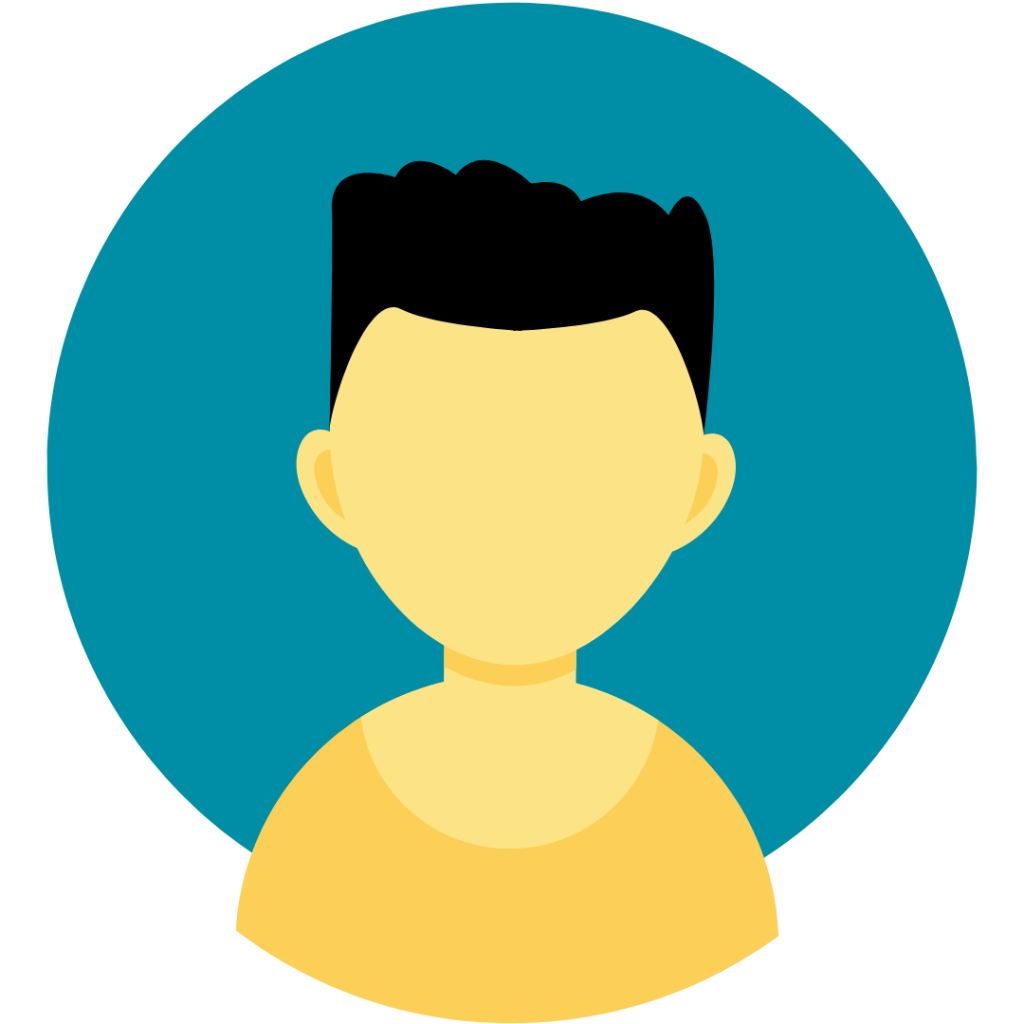
HR professionals at all levels want to provide a superior employee experience and use agile methods to meet the needs of their organization.

Consultants that want to deepen their agile understanding to support customers in agile transformations better.

Agile coaches want to learn more about the human aspect of agile and to facilitate effective teamwork and collaboration within organizations better.

Curious individuals who seek growth and new challenges and believe in people-centric organizations.
What Differentiates Our Courses & Training Programs
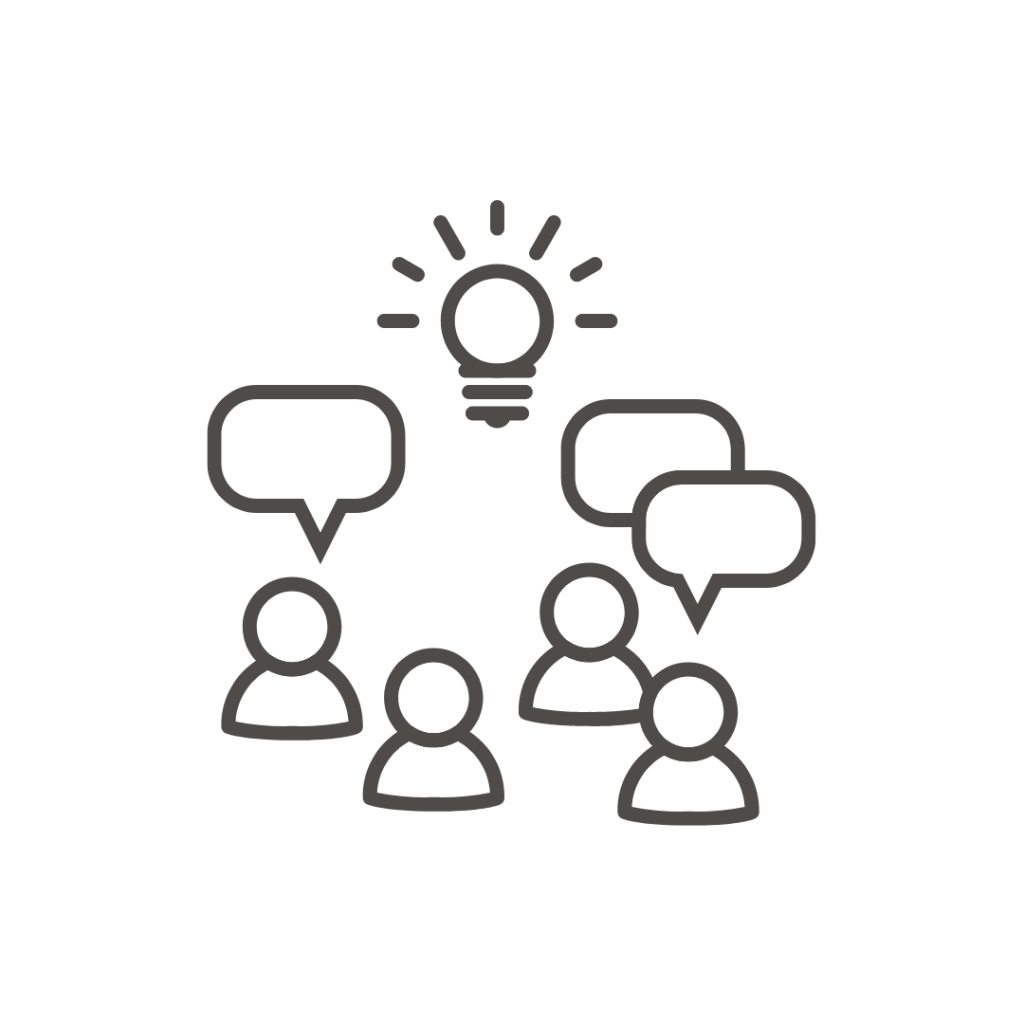
Our approach emphasizes interactive group work, enabling participants to learn from one another through shared experiences and knowledge during engaging group discussions.
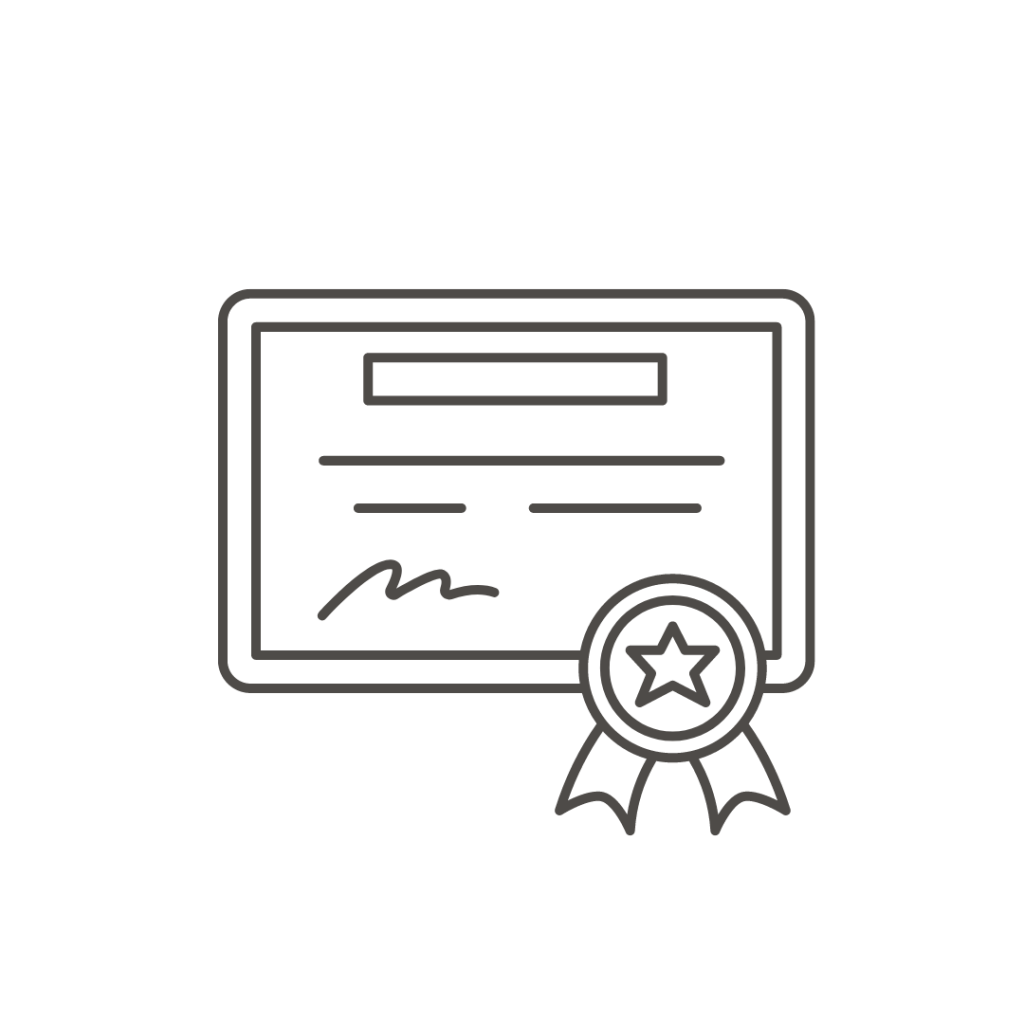
The course leads to a Professional Certification with Agile People and ICAgile. To ensure top-quality learning experiences against proven Learning Outcomes, our courses are accredited by ICAgile, a leading global agile accreditation and certification body.
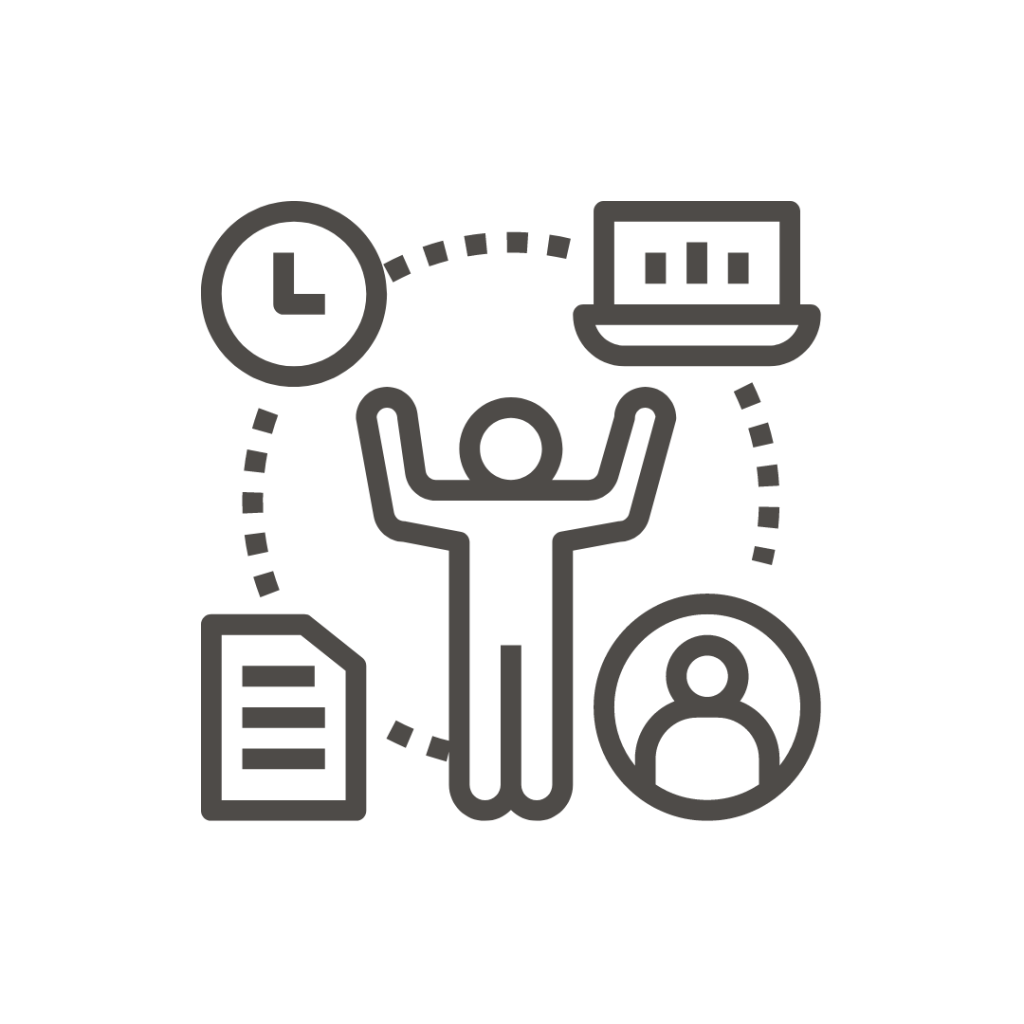
With both the online and in-person workshop, you will gain access to our Learning Management System (LMS), where you can delve into the theory and acquire in-depth knowledge of the subject matter at your phase.
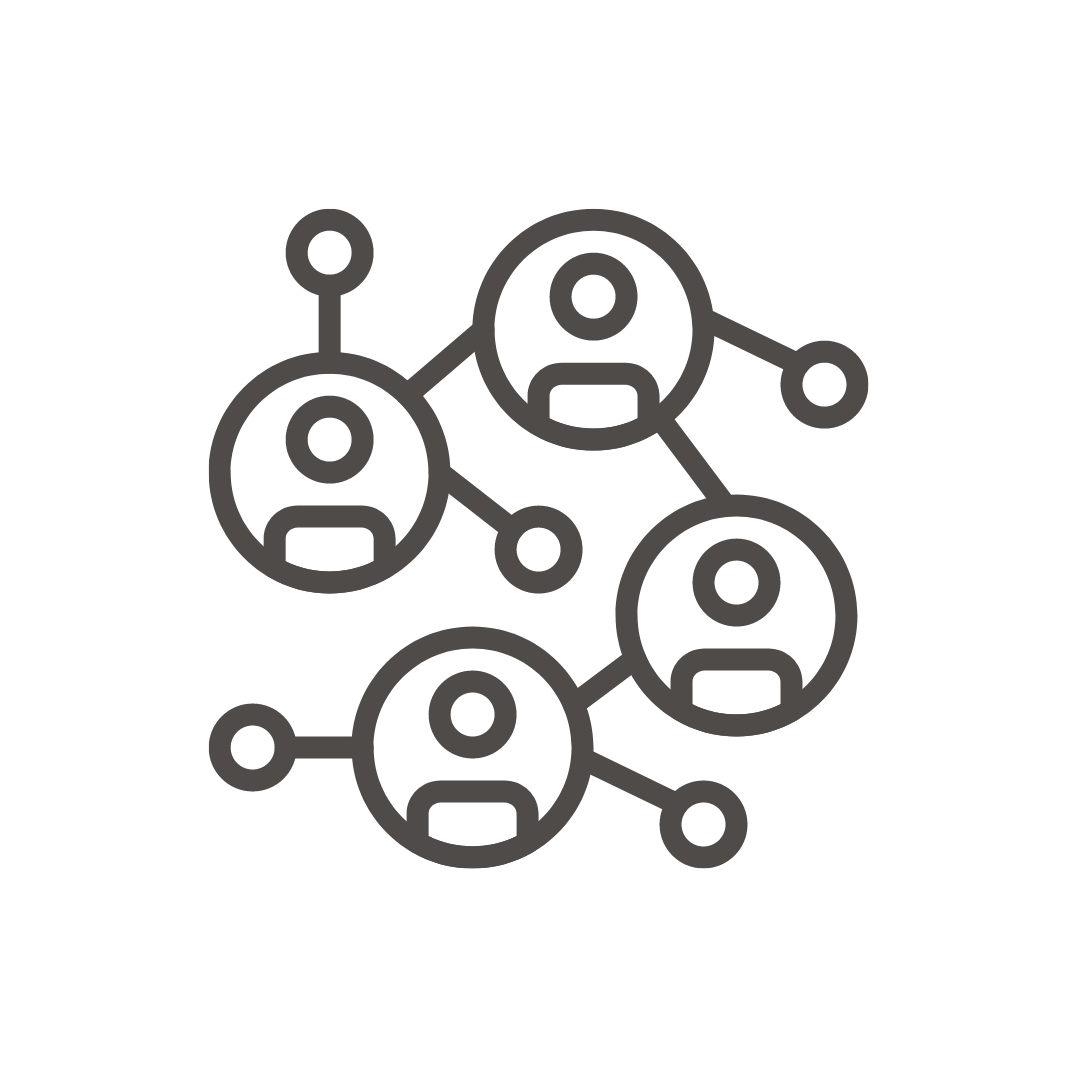
The training will teach you new skills and practical tools while establishing valuable connections. As part of our commitment to your agile journey, we organize regular events to enrich your learning experience further.
At Agile People, we consistently offer online training sessions and in-person workshops. Our dedication is to ensure that every participant gains the knowledge and skills they seek, whether they’re joining us virtually or in person.
Across the globe, our licensed, experienced trainers deliver our training courses and programs with the same dedication, and we are proud to have this global footprint. They frequently offer instruction in their native languages for localized understanding and relevance.
Online via Zoom
More Course Information
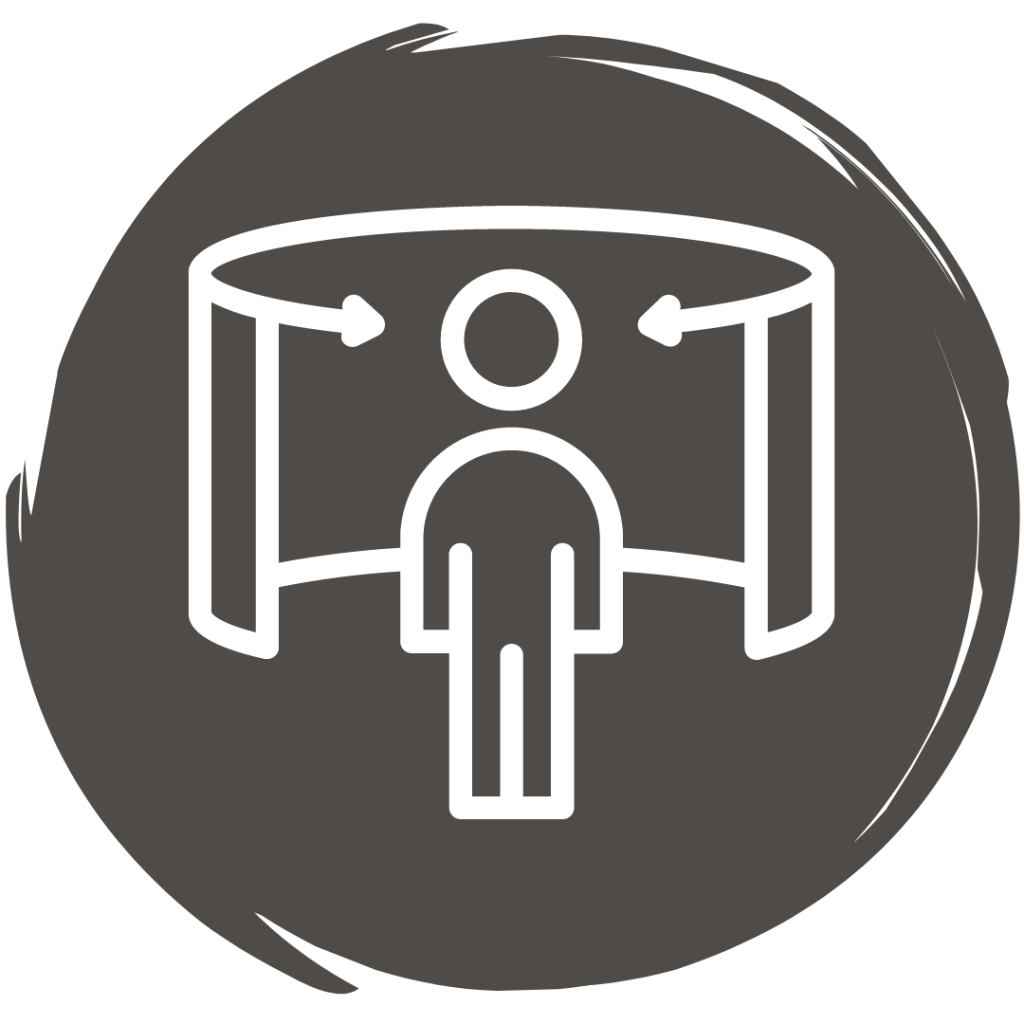
The online and in-person workshops cover ten key topics and are described more in detail in our Course Description.
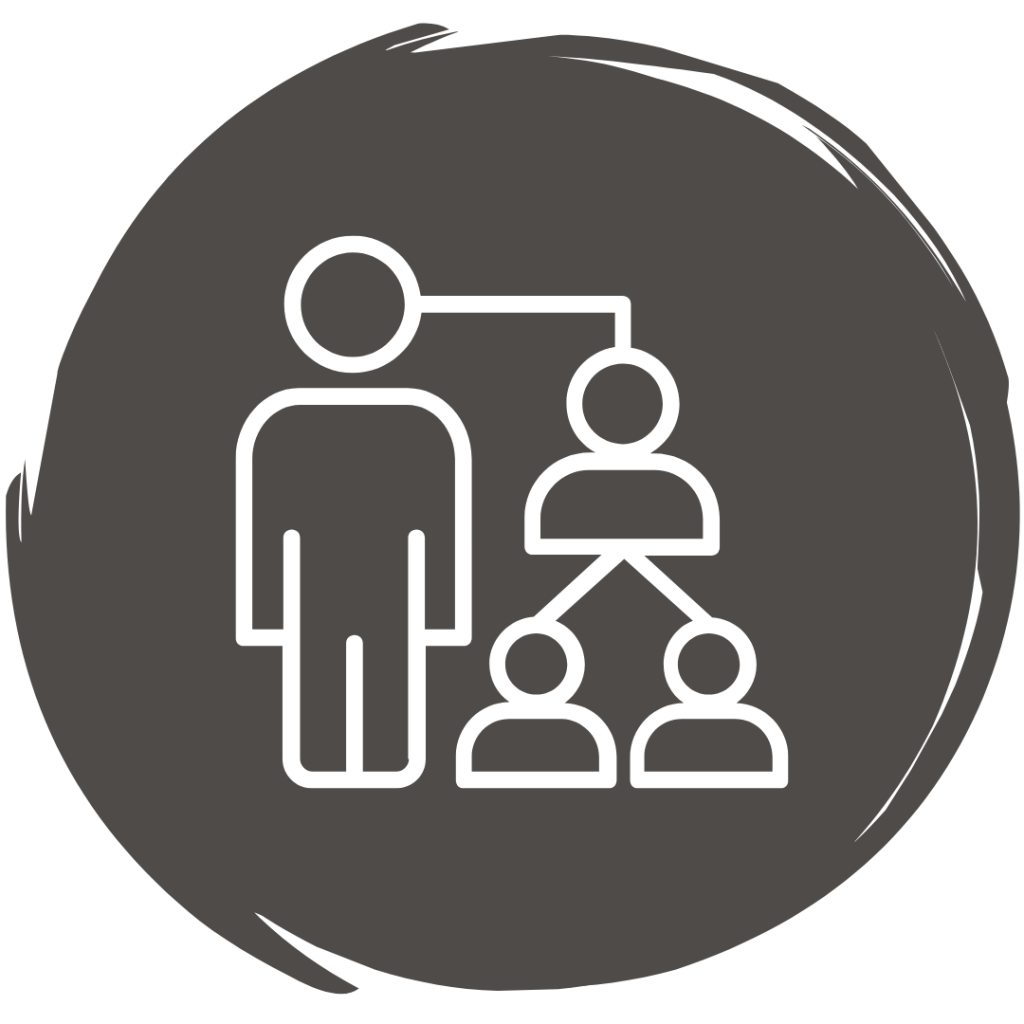
The training covers three perspectives; Individual (you), team (we in our group), and organizational (all of us).
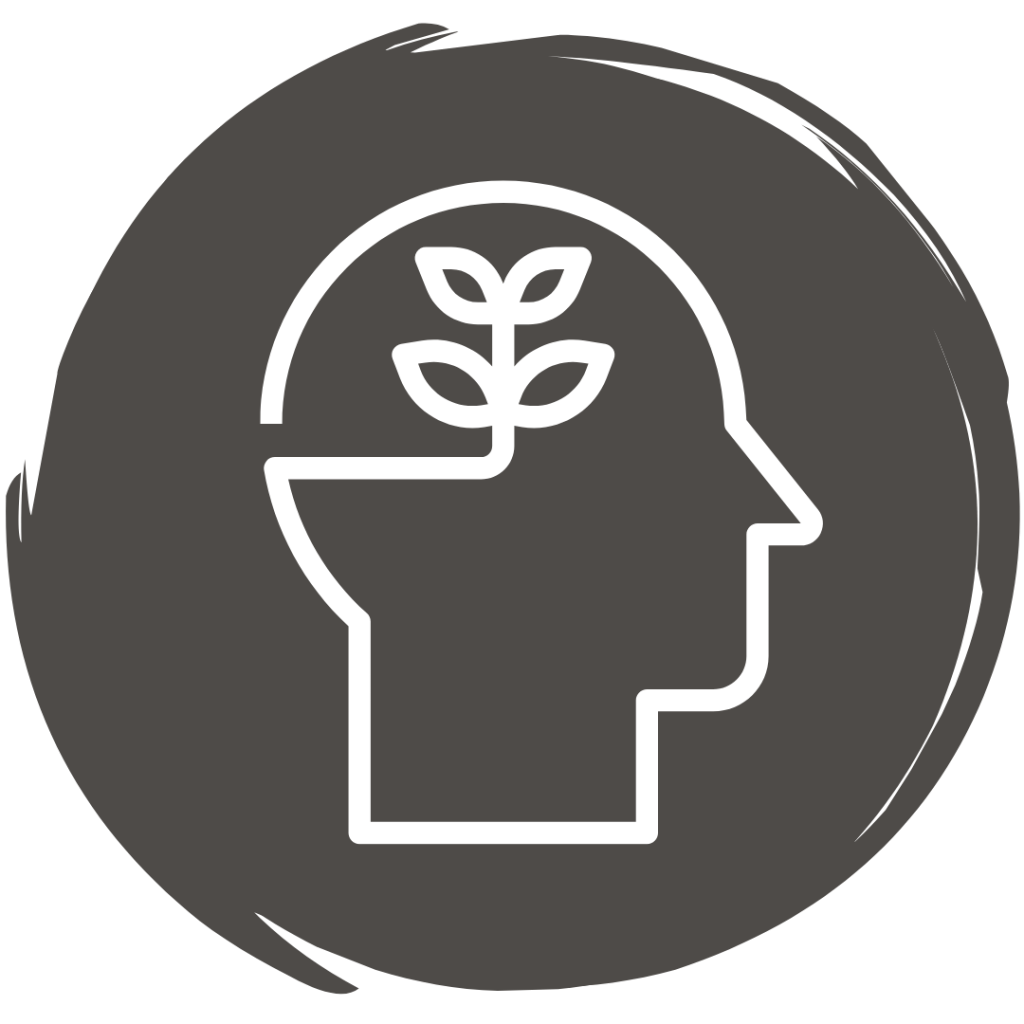
ICAgile accredits our courses and programs, and all our courses have a detailed learning outcome.
Other Courses
Bryggvägen 21
117 71 Stockholm
Sweden
Corporate ID no: 559002-6836
VAT no: SE559002683601
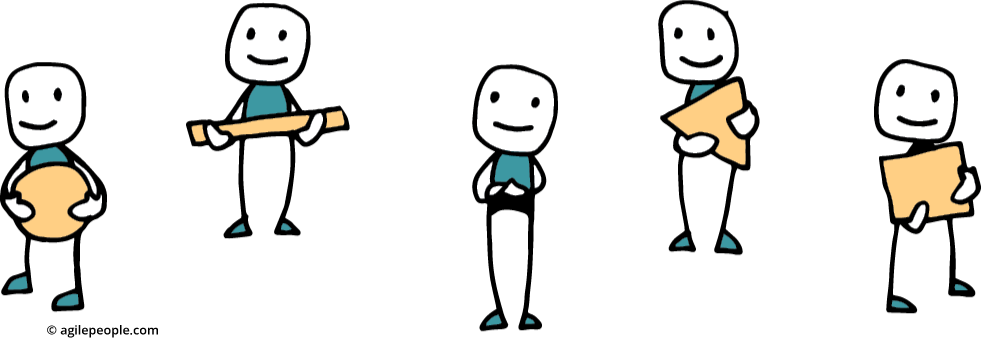
The Training Cover Three Perspectives:

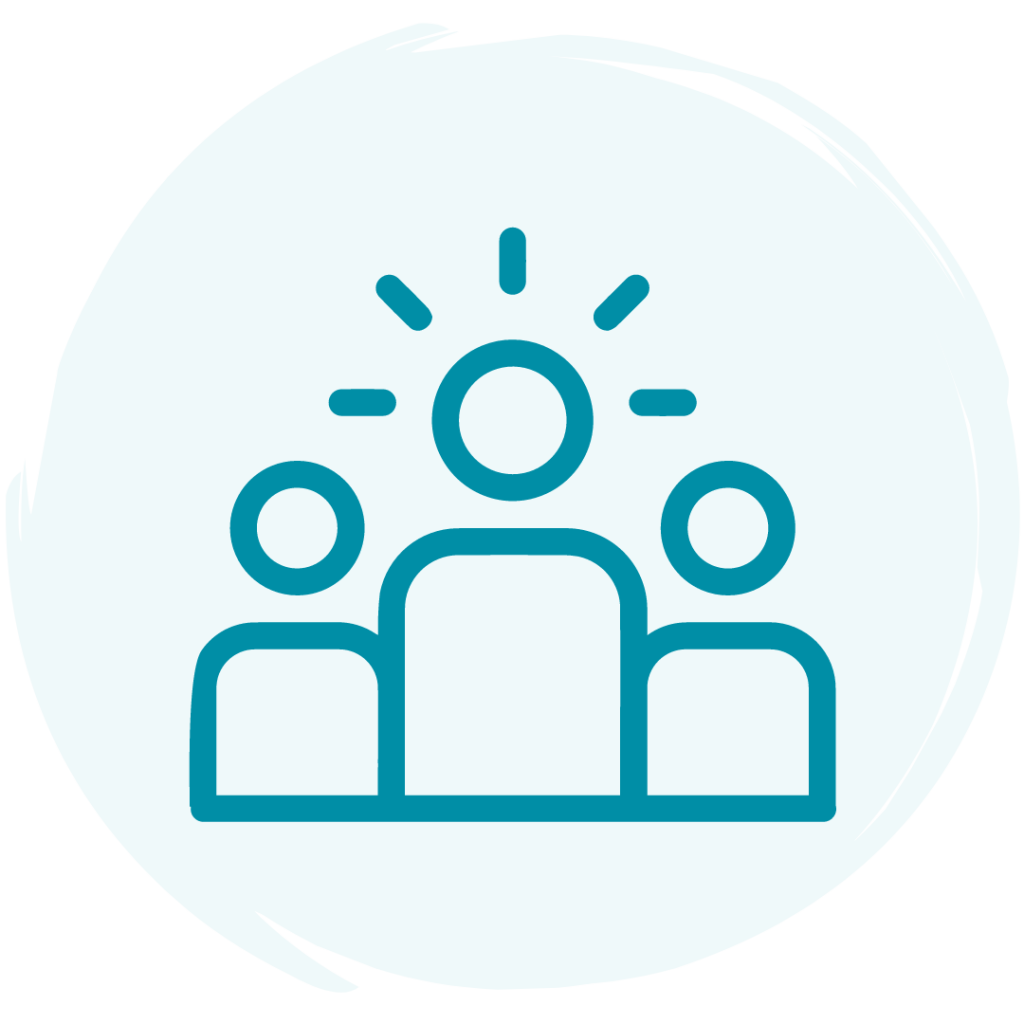
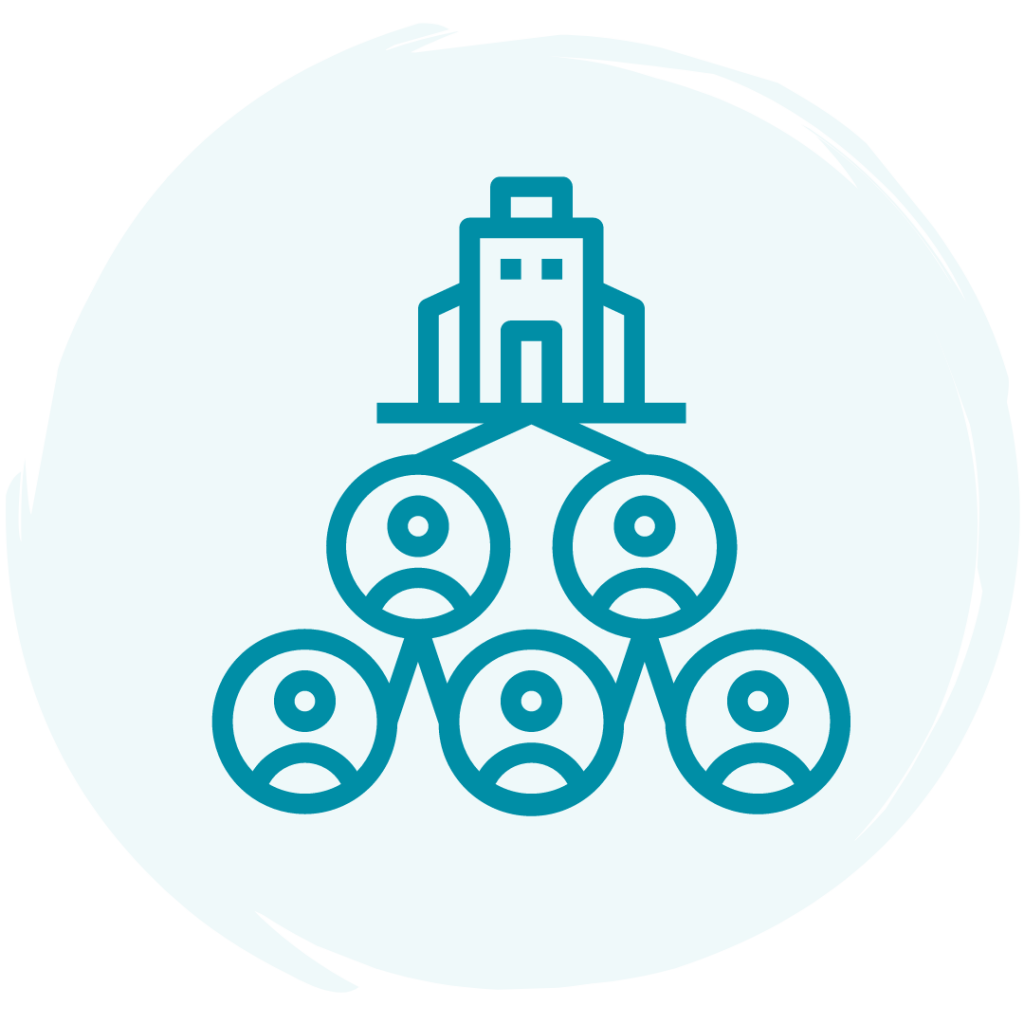
This course is divided into two parts, Agile People Fundamentals and Agile People HR, and each part has five engaging sessions. Uncover the essential principles and practices of Agile People Fundamentals, followed by a deep dive into Agile People HR.
Agile People Fundamentals
Session F1: Introduction to Agile People and Important Principles/Tools
The foundation of Agile Peoples’ mindset is about the principles, values, methods, and tools we need to start using to release competence and innovation – and what we stop doing. We discuss your challenges and go through the certification assignment. This session is an introduction to the agile way of working and thinking.
Session F2: Psychological Safety as a Foundation for a Learning Organization
The importance of an approach that is permeated by security and confidence to increase profitability and innovation is emphasized in this session – we need psychological safety to increase creativity through a culture where it is ok to fail fast and try again. We play “The Psychological Safety Game” to facilitate the dialogue about complex topics.
Session F3: Emerging Strategies, Structures, and Goals
Emerging strategies instead of long-term planning, new ways of working with strategy, budgets, goals, performance processes, and rewards. Using value stream mapping to optimize flows in a system instead of working with resource optimization and sub-optimization of departments. Mindset Slider exercise. WoWs to be used: Beyond Budgeting, OKRs, Impact Mapping, VSM, etc.
Session F4: Building Conditions for an Agile Culture
In this session, we explore how you can create conditions for a fantastic culture where people can perform at their optimal level, feeling supported and secure. The gap between structures and culture/values is discussed. Structure – Culture Misfit Role Play. The importance of country culture for an Agile transformation.
Session F5: Creating Conditions for Change
In today’s fast-moving and complex environments, we are challenged as people and as organizations to be much more responsive and adaptable to have the capacity to navigate in complexity. How can we make sense of things when things keep changing? How can we make decisions and act when we don’t have all the information we need most of the time?
In this module, we explore VUCA, try out a sense-making and decision-enabling framework for leaders (CYNEFIN), and explore what enables our organizations to become genuine learning organizations.
Talent Acqusition
Agile People HR
Session H1: Evolving HR’s Role for Business Agility
Reimagine the role of HR in supporting organizational agility and adaptability. Explore designing talent and people practices to facilitate agile transitions, including job titles, competency profiles, career paths, and succession planning. Identify pain points in the employee journey and discuss real-life examples and cases.
Session H2: Applying Agile Tools and Practices in HR
Discover how HR can leverage agile methods such as Scrum, Kanban, Value Stream Mapping, and OKRs to enhance effectiveness. Learn how to craft user stories for HR, adapting them for talent and people processes. Explore real-world examples and case studies of Agile HR implementation.
Session H3: Agile Performance Management and Compensation
Reimagine traditional performance management practices through an Agile lens. Enhance accountability, growth, and performance by embracing Agile thinking. Discuss different approaches to incentive structures and their pros and cons, and explore their application in your context.
Session H4: Agile Talent Acquisition and Onboarding
Develop strategies for sourcing and acquiring talent aligned with the organization’s strategic growth. Consider values, culture, diversity, and collaboration in hiring decisions. Design an onboarding experience that facilitates rapid integration and alignment with the organization.
Session H5: Agile Learning and Development and Employee Engagement
Promote a learning mindset within teams, focusing on skill development and capabilities. Explore motivational tools suitable for your context and understand the evolving landscape of employee engagement surveys.

Glad you want to learn more!
Hello! I am Ingela, and I work with the core team at Agile People. I’d love to connect woth you and explore potential solutions.
You can write me an email or schedule a meeting to discuss further!